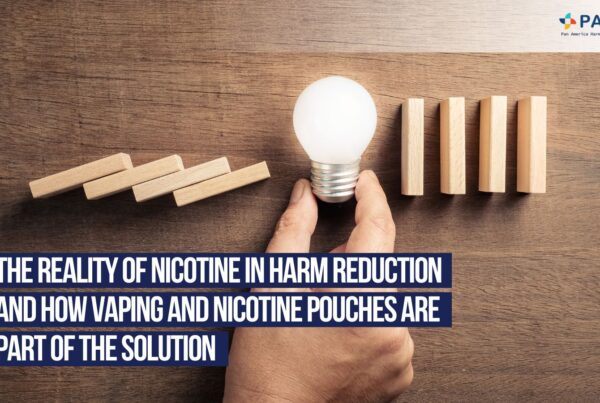
Presenting crucial insights on the future of tobacco control and public health in South Africa, a recent report delves into the potential impact of harm reduction policies on tobacco-related deaths in four lower and middle-income countries (LMICs). The suggested approach outlined in the report has unveiled startling insights into the number of lives that could be saved. South Africa is one of the four case studies highlighted in this report, emphasising its significance in understanding the implications of harm reduction policies on a global scale.
As of 2020, a survey indicated that 20.2% of South African adults engage in tobacco smoking. Adding to this concern, heart disease and strokes, which are closely related to smoking, rank as the second and third leading causes of death in the country. Despite these alarming statistics, projections from the World Health Organization (WHO) suggest that the smoking rate in South Africa is unlikely to witness a decline by 2025.
The Lives Saved report proposes an alternative perspective. The authors advocate that through the implementation of harm reduction policies and comparable strategies, the smoking rate in South Africa has the potential to witness a substantial reduction, possibly up to 50% by the year 2030.
To demonstrate the impact of adopting a harm reduction strategy, the report presents three scenarios. The initial scenario depicts the traditional approach to tobacco control, maintaining the current policies and interventions. The second scenario introduces an enhanced implementation of tobacco harm reduction (THR) policies and increased availability of THR products, leading to a correlated rise in saved lives. However, the report goes beyond this, putting a third scenario where tobacco control is complemented by both an intensified THR initiative and improved accessibility to diagnostics and treatment. This integrated approach further diminishes the projected number of tobacco-related deaths, potentially saving 320,000 lives in South Africa alone.
For a better understanding of how harm reduction plays a pivotal role in saving lives from tobacco-related fatalities, read the full report by following this link.
Tags
Popular Posts
Quick Links
Related Posts
 Paradigm Shift Needed In Pan America’s Approach to End Smoking
Paradigm Shift Needed In Pan America’s Approach to End Smoking
Paradigm Shift Needed In Pan America’s Approach to End Smoking
 Tobacco Harm Reduction Seminar in Brazil
Tobacco Harm Reduction Seminar in Brazil
Tobacco Harm Reduction Seminar in Brazil
 Systematic Review of Vaping Flavours | Dr. Konstantinos Farsalinos
Systematic Review of Vaping Flavours | Dr. Konstantinos Farsalinos





